Rose Summer from hometown | Solar treatment of Ethiopian Rosa primordial species in Rosa Village Manor
Professional coffee knowledge exchange more coffee bean information please follow the coffee workshop (Wechat official account cafe_style)
Ethiopia Gesha Village Gesha Gori Natural
The native species of Rosa rugosa in Rosa Village, Ethiopia are insolated.
Country: Ethiopia
Producing area: Banchi Maggie
Manor: Guoxia Village Manor Gesha Village
Batch: Lot104
Altitude: 1900-2100 m
Treatment method: sun treatment
Variety: native species of Heirloom

| 01 | production area profile |
In recent years, people have begun to pay attention to the production of Gesha in the aboriginal areas of Ethiopia. When it comes to the popular raw bean brand Rosa Village Gesha Village in recent years, start with their founder, Overton and his wife. In 2007, documentary director Adam Overton and photographer wife Rachel Samuel came into contact with the Gera Coffee Forest in the Bench-Maji region of Ethiopia while filming a documentary about Ethiopian coffee for the Ethiopian government. In the process, they were not only reacquainted with the great land of Ethiopia, but also came up with the idea of setting up their own coffee estate and brand.

In 2009, they were lucky enough to meet the famous mule owner, BOP judge Willem Boot, and Willem Boot's idea provided an opportunity for the Overton couple to return to Ethiopia to find the birthplace of Rosa Xia.
Finally they came to Banchi Magi, an area in southwestern Ethiopia near South Sudan, where many places are known as the village of Gesha and where primitive roses are most likely to be found. When we arrived in 2011, there was nothing in the manor.

Adam followed Willem Boot on an expedition in the forest around the manor, where he discovered a variety of wild tree species in a jungle magically surrounded by a dense forest. Later they learned that this was the place where the rose species were first found in the Gori Gesha forest. So they collected seeds from native rose trees, screened them, and planted them in Rosa Village. They decided to build the estate here and name it Gesha Village Coffee Estate, a 475-hectare coffee farm about 12 miles from the Gori Gesha Forest.
Ruoxia Village, with a total area of 475 hectares, has gradually expanded its planting area from 2011 to 2017, with a planting area of about 320 hectares.

Later, Willem Boot came to Rosa Manor as their technical adviser, and they found a sample very similar to the native species of Rosa being planted at the mule manor in a primeval forest near the estate known as Gori Gesha.
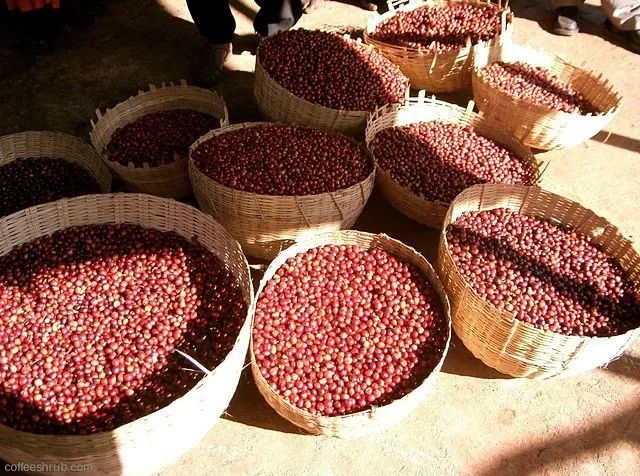
Both Overton and Willem Boot believe they have found the origin of Rosa Rosa, and later breeding and planting work have gradually confirmed this conjecture.
In the 2017 Japanese barista contest, Takayuki Ishitani Ishitani used beans from Yoshimura to win the championship, not to mention the excellent performance of raw beans in the bidding cups.
A list of Independent bidding data of Rose Summer Village Coffee Manor in 2017
(the following source: Grand Cru)
The first global public bidding for Rosa Village Coffee Manor began at 9: 00 a. M. (BST time) on May 31, 2017, and nearly three hours of intense bidding took place. Buyers from Hong Kong, Japan, Greece and other countries and regions participated in the bidding and successfully auctioned 21 lots.
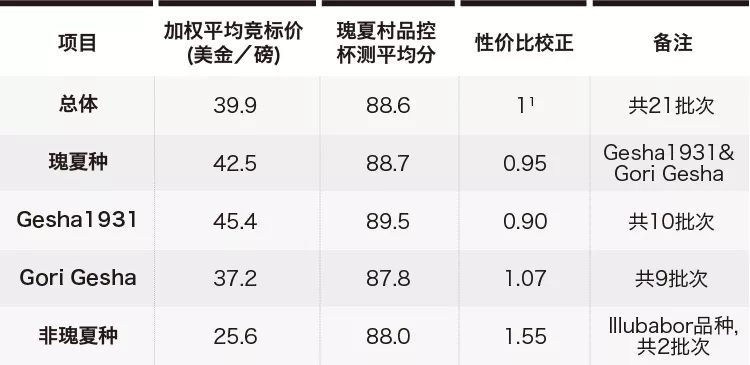
-average bidding of bidding lots in Rose Xia Village

Gesha Village owners Adam Overton and Rachel Samuel took part in an expedition to collect seedlings in the forest; they have now grown several Gesha versions from this expedition to achieve the highest quality goal. Rachel said: "Gesha is renowned in the industry for its high quality, but Ethiopia has not been an important part of its story, even though Gesha originally came from here. "We are excited to help develop the specialty coffee market in Gesha so that this amazing coffee is finally available in its birthplace."
producing areas| Banchimaji
altitude| 1900-2100m
varieties| Gesha Gori
approach| Sun-treated Natural
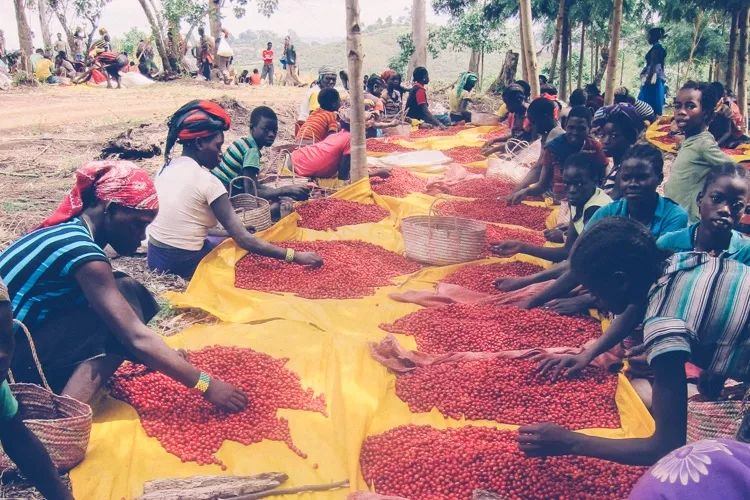
Workers in Guoxia village choose coffee cherries
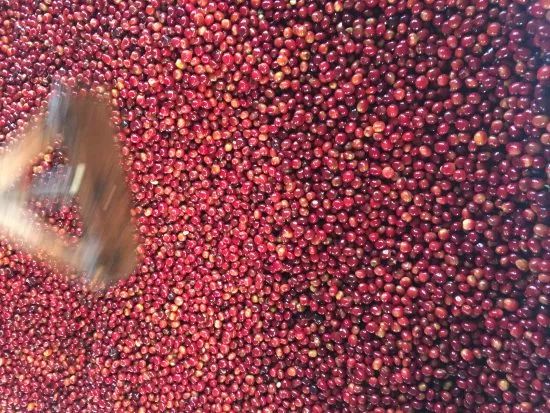
Three links of strict quality control: to create super boutique
(the following source: Grand Cru)
Quality control part 1, variety selection
In order to fulfill the mission of growing the best coffee in the world, Rose Xia Village began to strictly control the selection of seeds. They sent coffee seeds collected from the Gori Gesha forest, 20 kilometers away from Rosa Village Manor, to professional institutions for genetic testing to determine that it belonged to the original collection site of Panamanian rose varieties; then, by studying the shape of coffee trees, the appearance and size of coffee beans, and the cup test results, they selected the closest rose summer species to today's Panamanian rose summer, and began to grow seedlings. Coffee varieties are now grown in Ruoxia Village as shown in the following picture:
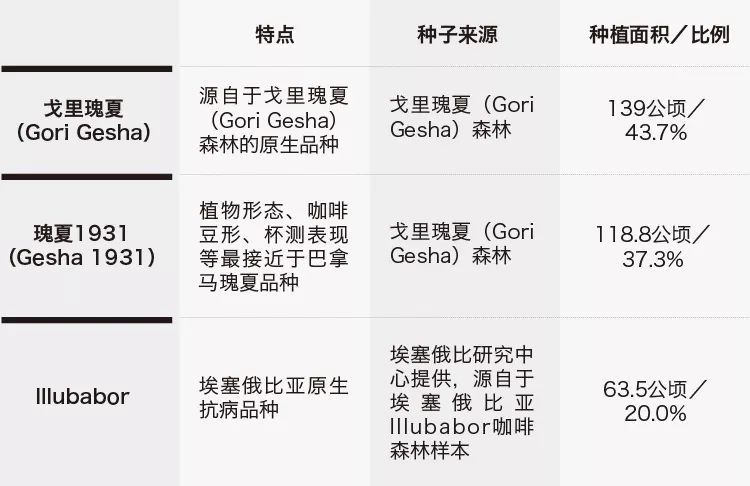
-Coffee varieties available in Guoxia Village
As the area of the manor is very large, in order to better manage and distinguish the products, the village of Rose Xia is divided into eight regions, and then each batch is re-numbered to facilitate the distinction of the batches. It is worth mentioning that because the scale of the Rosa Manor in some producing areas is not large, the difference between batches may not be very prominent, but for a large estate like Rosa Village, the difference between different plots is equivalent to the difference between the Panamanian manor and the manor, which must be paid attention to.
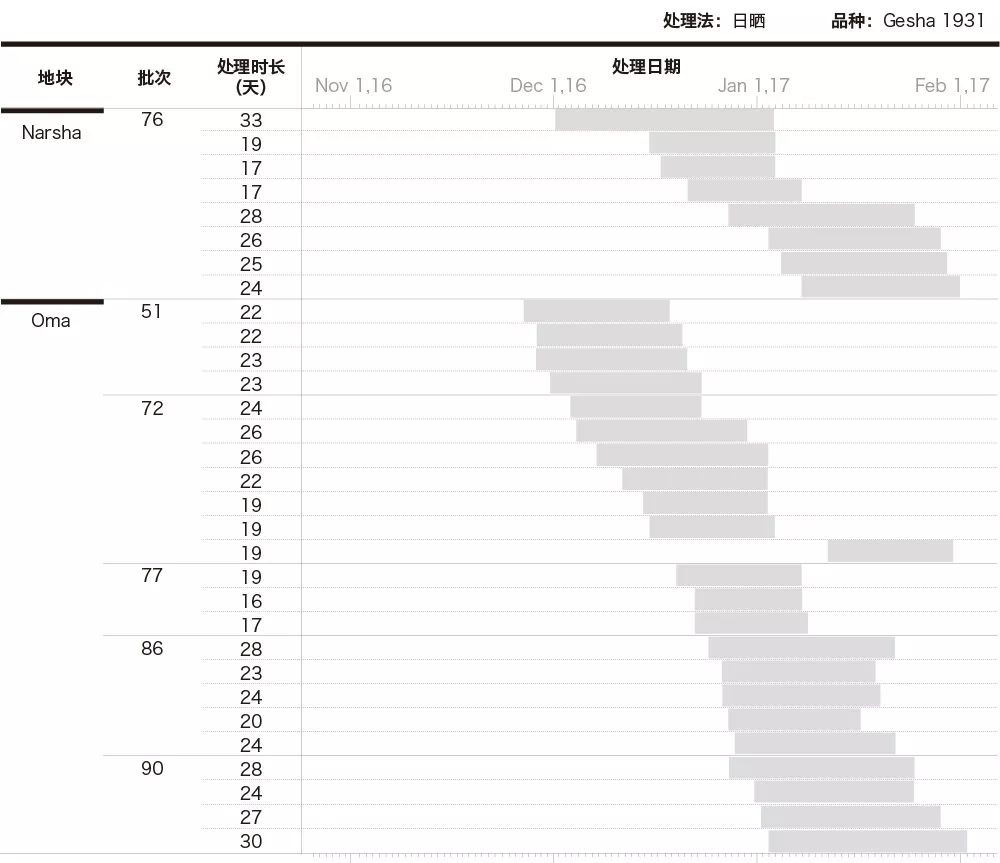
-2017 the processing time of beans in different plots in Rosa Village.
02 | processing method
Harvest and disposal.
With the support and cooperation of local residents, they successfully trained a number of high-level pickers and processing plant workers. "picking only the most ripe coffee cherries" and "do not want what is dropped or broken" is the requirement of every worker, and the picking instructor will tell the workers what kind of coffee is the most ripe and what kind of cherry is the bad cherry. When the coffee treatment is placed in a tanning bed to dry, it will also be screened again to pick out moth-eaten beans and green coffee beans. In addition, all dry environments are first dried in a cool place to prevent rapid drying in the sun from causing the coffee shell to be too brittle and cracked.

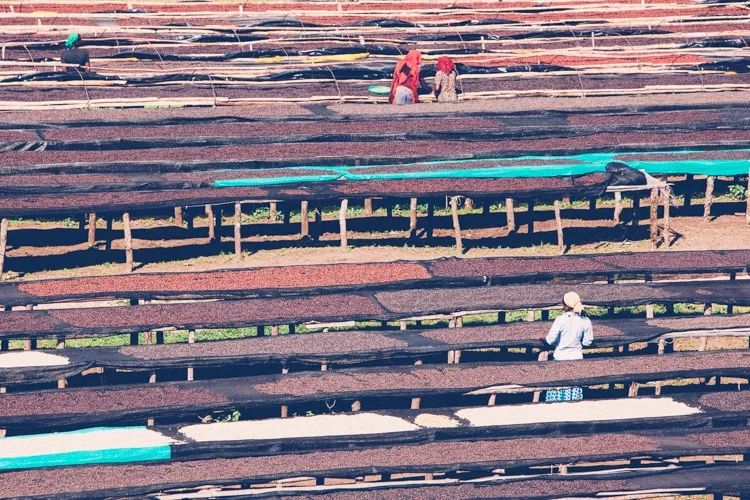
-Rose Xia Village tanning bed
There are two main treatments for the production of raw beans in Ruoxia Village, as shown in the following table:
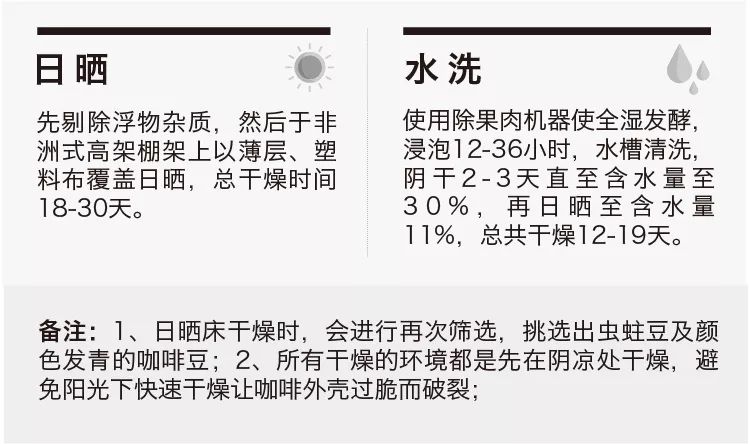
At the same time, Ruoxia Village is also testing a variety of treatment methods, such as dry fermentation and wet fermentation, a variety of honey treatment, etc.

03 | Analysis of raw beans
The size of raw beans is smaller than that of Panama, and the raw beans of water-washed rose summer coffee have a very beautiful blue-green color, with a beautiful green yellowish belt and a warm jade texture. It smells of fresh grass, peach, berry and the unique milky sweetness of oolong tea that most coffee beans do not have. It seems that aroma and taste of this kind of things need to be associated with each other. But the faint smell of tea is something we can obviously feel.
| | unique flower and fruit aroma |
Among the many coffees, the aroma of flowers and the strong sweetness of tropical fruits are the consistent characteristics of Geisha.
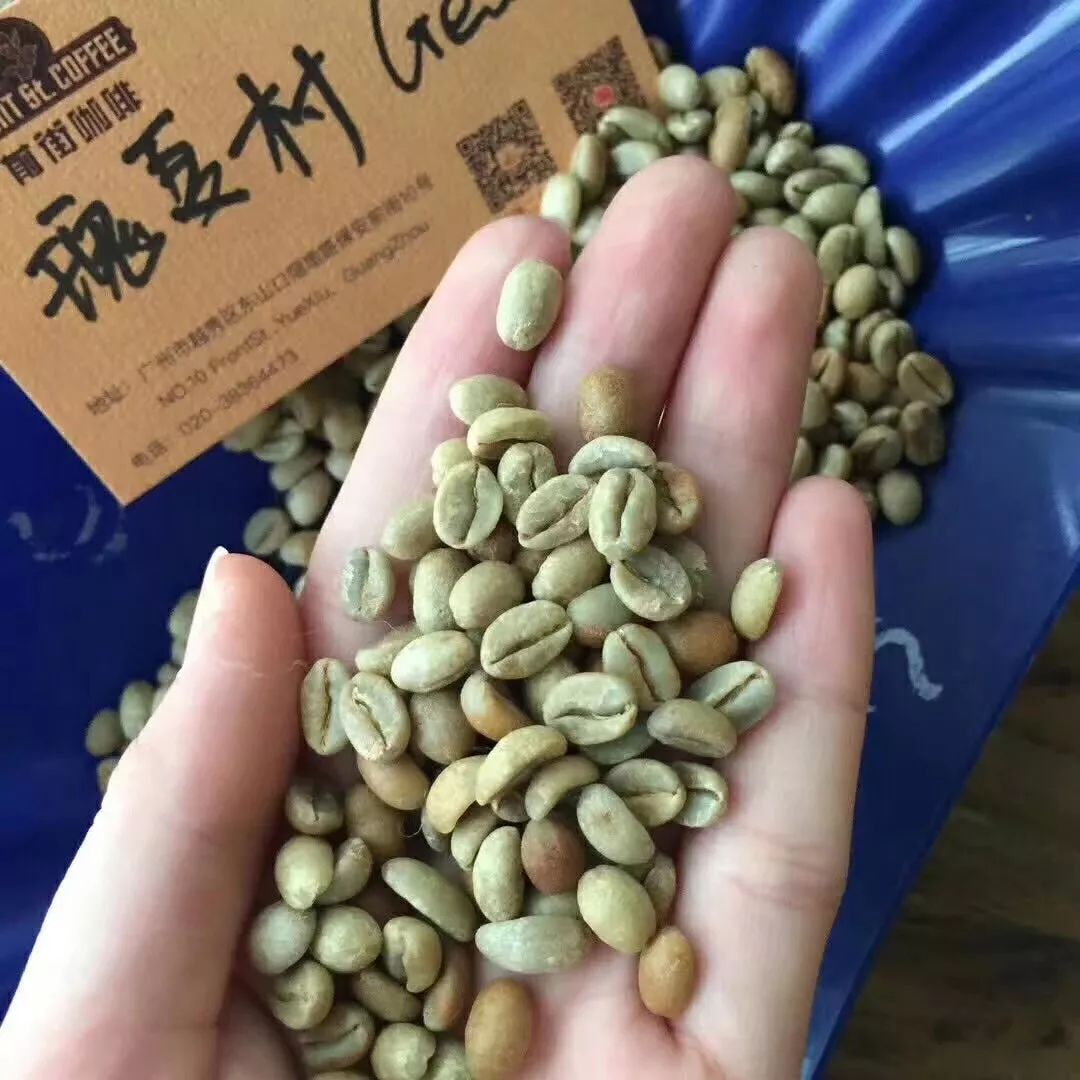
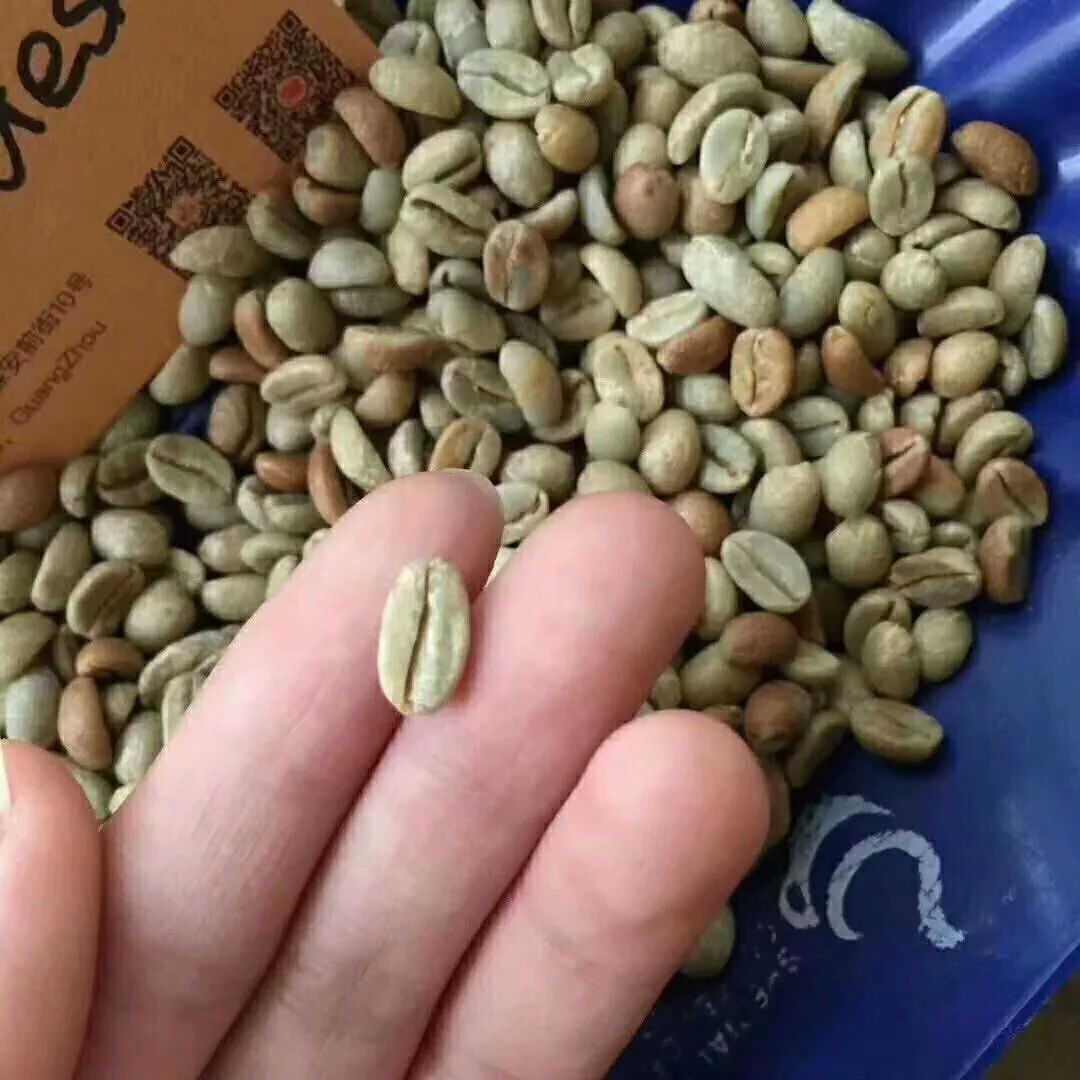
04 | Baking analysis
This coffee has smaller particles, higher density, more heat absorption during baking and faster Mena reaction. In the first batch of roasting, the temperature of the beans was 210 degrees higher, and I kept exerting firepower before the coffee beans were dehydrated and yellowed to ensure that there were enough calories to last until the end of the baking.
The temperature of the bean is 200 degrees, and the firepower is relatively small, and the firepower is gradually increased according to the need in the baking process. Under this method, the dehydration time of coffee is longer than that of the first batch, and the heating rate is 6-8 degrees every 30 seconds.
| | Rose summer, baking |
In order to highlight the characteristics and aroma of this bean, use shallow baking, so that the baking degree can show the characteristics of the bean itself, and if it is too deep, it will lose the aroma of flowers and fruit acid. of course, this should be adjusted according to the characteristics of coffee beans and the roaster's understanding of the beans themselves.
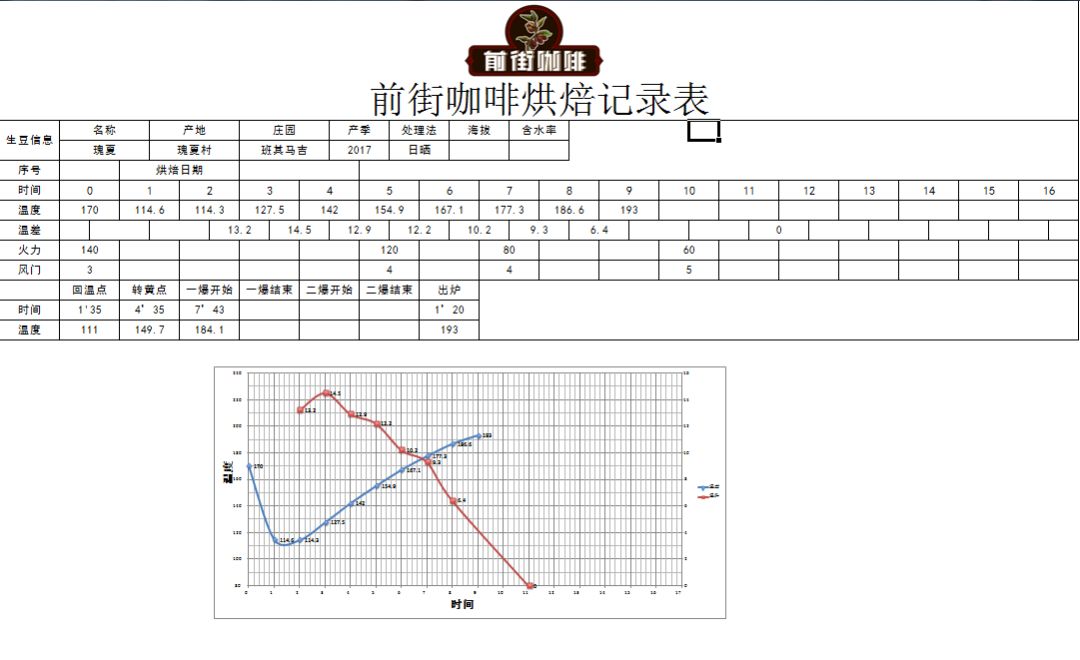
In the baking stage, a smaller initial firepower of 140 degrees and a slower baking rhythm are used to express the multi-level flavor of this coffee.
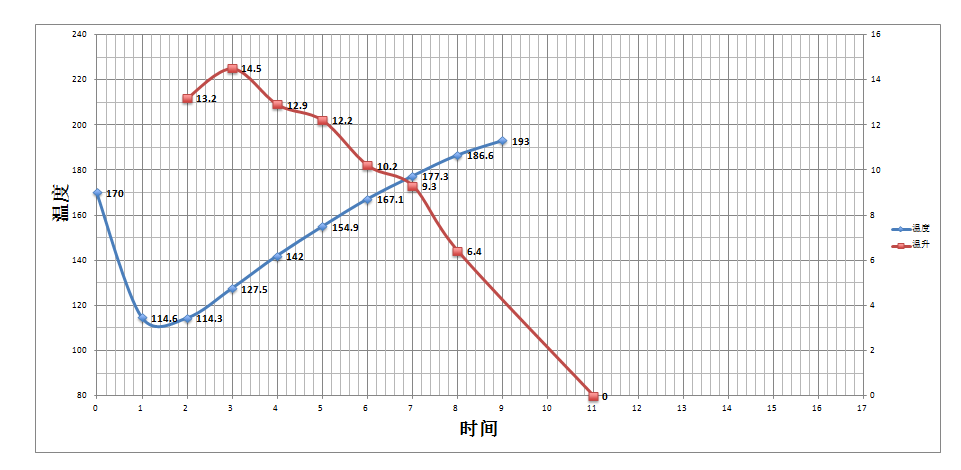
Baking machine Yangjia 600g semi-straight fire
the furnace temperature is 200 DEG C, the oven is put into the pot, the air door is opened to 3.5 DEG C, 30 seconds later, the fire power is adjusted to 140 DEG C, the air door is unchanged, the return temperature is 1 '35', the oven temperature is 152 DEG C, the fire power is adjusted once, at this time, the bean surface turns yellow, the grass smell completely disappears, dehydration is completed, the fire power is adjusted to 120 DEG C, the air door is adjusted to 4;
8 ′ 45 ′ ′, the bean surface appears ugly beard wrinkles and black stripes, toast flavor obviously changed to coffee fragrance, can be defined as the prelude to a burst, this time to hear the sound of a burst point, to 7 ′ 43 ″ to start a burst, turn down the fire to 80 degrees, throttle fully open 5 (adjust the fire to be very careful, not small to no burst sound), a burst after the development of 1 ′ 20 ″, 193 degrees under the pan.

Cup test:
Dry aroma is bouquet, apricot, wet aroma with sweet orange juice, jasmine, sweet peach, bouquet, pineapple, bright and rich, sip citrus, tropical fruit aroma, ripe fruit, berry flavor, citrus, light fermentation aroma, clear and bright acid value, smooth texture, grape, maple sugar, wild ginger flower, delicate acid, clean and balanced taste, lively finish.
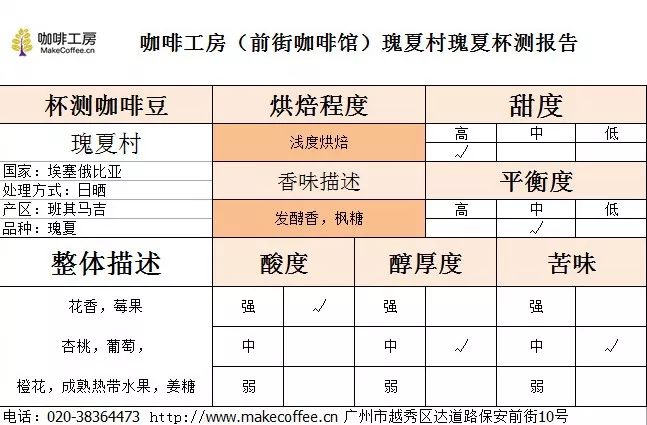
05 | Cooking analysis
Recommended cooking methods: siphon, hand flushing
Degree of grinding: 3.5 (Fuji R440, Japan)
Water temperature: 89 °C
V60 filter cup, 15g powder, water temperature 91-92 degrees, grinding 3.5.The ratio of water to powder is close to 1:15
35 grams of water is steamed for 30s
Segment: water injection to 100ml cut off, slow water injection to 225ml
That is, 30-100-95

Other suggestions for trickling extraction:
Normal pressure, recommended grinding degree of 3.5-4 / water temperature 92 °C
Philharmonic pressure, recommended 2.5 grinding degree, water temperature 88 °C
Hand punch: 3.5 degree of grinding, water temperature 89 °C
3.5 Grinding-90 degrees water temperature
Bean grinder
Grinding degree
Powder quantity
Filter cup
Little Fuji
3.5
15g
V60
Water temperature
Stuffy steam
The second stage of water quantity
The third stage of water quantity
Total time 2:15
91-92 degrees
35g water for 30s
100g 1:30
95g
Total amount of water: 225
Sweetness: ☆☆☆☆
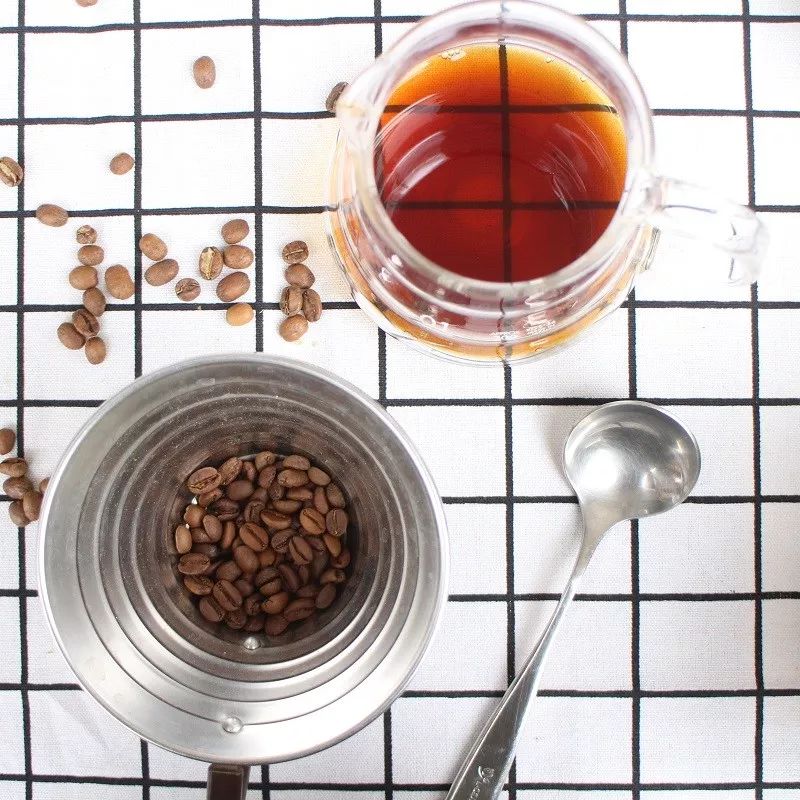
Thanks to Grand Cru for providing raw bean information (ID:grandcrucoffee)
Important Notice :
前街咖啡 FrontStreet Coffee has moved to new addredd:
FrontStreet Coffee Address: 315,Donghua East Road,GuangZhou
Tel:020 38364473
- Prev
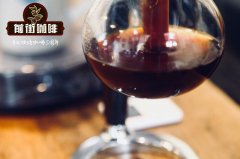
How to drink coffee like shit and how to make it good? Do you think elephant shit coffee is so easy to drink?
Professional coffee knowledge exchange more coffee bean information Please follow the coffee workshop (Wechat official account cafe_style) Anantara Golden Triangle has a lot of ideas for elephants, in addition to bathing with elephants, feeding breakfast or taking classes with elephants, you can also taste the world's most expensive coffee like shit. The principle is the same as Kopi Luwak, which is to let the elephant eat the coffee fruit, and then
- Next
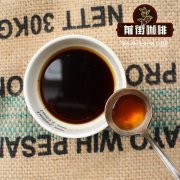
Is the coffee good in Guoxia Village? Is there any difference between Rose Xia Village and Rose Summer? The award-winning situation of Guoxia Village Manor
Professional coffee knowledge exchange more coffee bean information please follow the coffee workshop (Wechat official account cafe_style) Rosa Village Manor 2017 international bidding winning situation only a few estates in the world can hold their own bids, the most famous such as Jadeite of Panama, Incht of Guatemala, Daterra of Brazil, Mieri of Nicaragua
Related
- Does Rose Summer choose Blue, Green or Red? Detailed explanation of Rose Summer Coffee plots and Classification in Panamanian Jade Manor
- What is the difference between the origin, producing area, processing plant, cooperative and manor of coffee beans?
- How fine does the espresso powder fit? how to grind the espresso?
- Sca coffee roasting degree color card coffee roasting degree 8 roasting color values what do you mean?
- The practice of lattes: how to make lattes at home
- Introduction to Indonesian Fine Coffee beans-- Java Coffee producing area of Indonesian Arabica Coffee
- How much will the flavor of light and medium roasted rose summer be expressed? What baking level is rose summer suitable for?
- Introduction to the characteristics of washing, sun-drying or wet-planing coffee commonly used in Mantenin, Indonesia
- Price characteristics of Arabica Coffee Bean Starbucks introduction to Manning Coffee Bean Taste producing area Variety Manor
- What is the authentic Yega flavor? What are the flavor characteristics of the really excellent Yejasuffi coffee beans?

